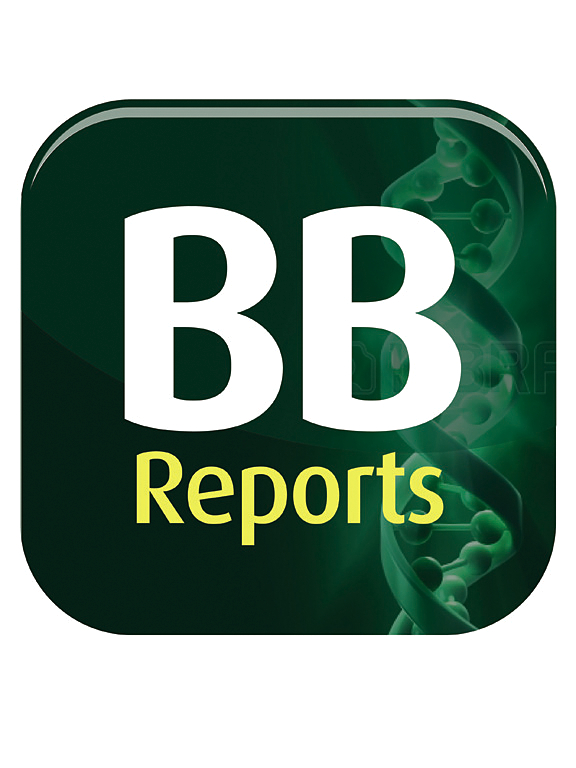Antimicrobial peptide LL-37 increases rhinovirus-induced interferon β expression in human airway epithelial cells through a Ca2+-dependent mechanism
IF 2.2
Q3 BIOCHEMISTRY & MOLECULAR BIOLOGY
引用次数: 0
Abstract
The human cathelicidin LL-37 is active against both bacteria and viruses, but it also shows immunomodulatory properties. Here, we assess the impact of LL-37 on viral signaling in human airway epithelial BEAS-2B cells infected with the respiratory pathogen rhinovirus (RV). We show that LL-37 (4 μM) enhances RV-induced expression of interferon β (IFNβ) transcript and reduces viral-load. LL-37-evoked potentiation of RV-stimulated IFNβ does not involve up-regulation of the classical viral TLR3, MDA5 and RIG-I receptors. Moreover, the LL-37-induced stimulation of IFNβ expression in the presence of RV is abolished by chloroquine, an inhibitor of endosomal acidification. Interestingly, RV + LL-37-induced stimulation of IFNβ is observed in the absence but not in the presence of the Ca2+ chelating agent EGTA, indicating that Ca2+ is critical for this effect. Indeed, we demonstrate that LL-37 increases intracellular [Ca2+] in cells loaded with the fluorescent Ca2+ indicator Fluo-4 AM. Furthermore, we reveal that treatment with RV in combination with the Ca2+ ionophore A23187 promotes IFNβ expression, showing the importance of Ca2+. In conclusion, we demonstrate that LL-37 acts in synergy with RV to enhance IFNβ expression and that this effect involves LL-37-induced increase in intracellular [Ca2+].
抗菌肽LL-37通过Ca2+依赖机制增加鼻病毒诱导的人气道上皮细胞中干扰素β的表达
人抗菌肽LL-37不仅对细菌和病毒有活性,而且具有免疫调节作用。在这里,我们评估了LL-37对呼吸道病原体鼻病毒(RV)感染的人气道上皮BEAS-2B细胞中病毒信号传导的影响。我们发现LL-37 (4 μM)增强了rv诱导的干扰素β (IFNβ)转录物的表达并降低了病毒载量。ll -37诱导的rv刺激的IFNβ增强不涉及经典病毒TLR3、MDA5和rig - 1受体的上调。此外,在RV存在的情况下,ll -37诱导的IFNβ表达刺激被氯喹(一种内体酸化抑制剂)所消除。有趣的是,RV + ll -37诱导的IFNβ刺激是在Ca2+螯合剂EGTA不存在的情况下观察到的,这表明Ca2+对这种效果至关重要。事实上,我们证明LL-37增加细胞内[Ca2+]的荧光Ca2+指示剂Fluo-4 AM负载的细胞。此外,我们发现RV与Ca2+离子载体A23187联合治疗可促进IFNβ的表达,这表明Ca2+的重要性。总之,我们证明了LL-37与RV协同作用增强IFNβ表达,这种作用涉及LL-37诱导的细胞内[Ca2+]的增加。
本文章由计算机程序翻译,如有差异,请以英文原文为准。
求助全文
约1分钟内获得全文
求助全文
来源期刊

Biochemistry and Biophysics Reports
Biochemistry, Genetics and Molecular Biology-Biophysics
CiteScore
4.60
自引率
0.00%
发文量
191
审稿时长
59 days
期刊介绍:
Open access, online only, peer-reviewed international journal in the Life Sciences, established in 2014 Biochemistry and Biophysics Reports (BB Reports) publishes original research in all aspects of Biochemistry, Biophysics and related areas like Molecular and Cell Biology. BB Reports welcomes solid though more preliminary, descriptive and small scale results if they have the potential to stimulate and/or contribute to future research, leading to new insights or hypothesis. Primary criteria for acceptance is that the work is original, scientifically and technically sound and provides valuable knowledge to life sciences research. We strongly believe all results deserve to be published and documented for the advancement of science. BB Reports specifically appreciates receiving reports on: Negative results, Replication studies, Reanalysis of previous datasets.
 求助内容:
求助内容: 应助结果提醒方式:
应助结果提醒方式:


